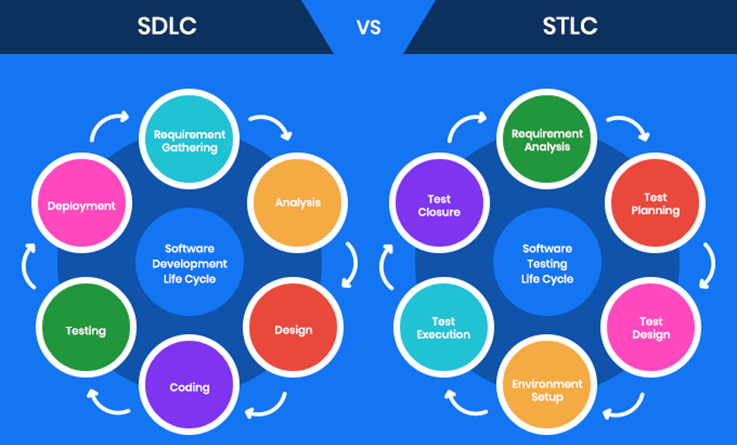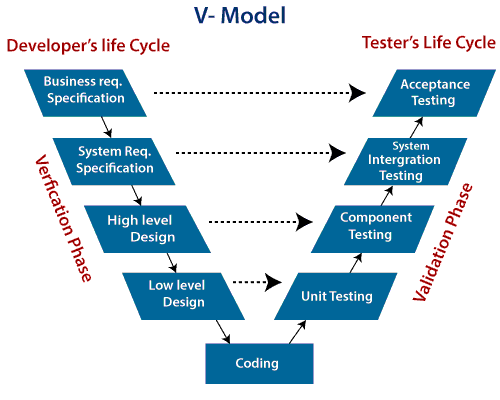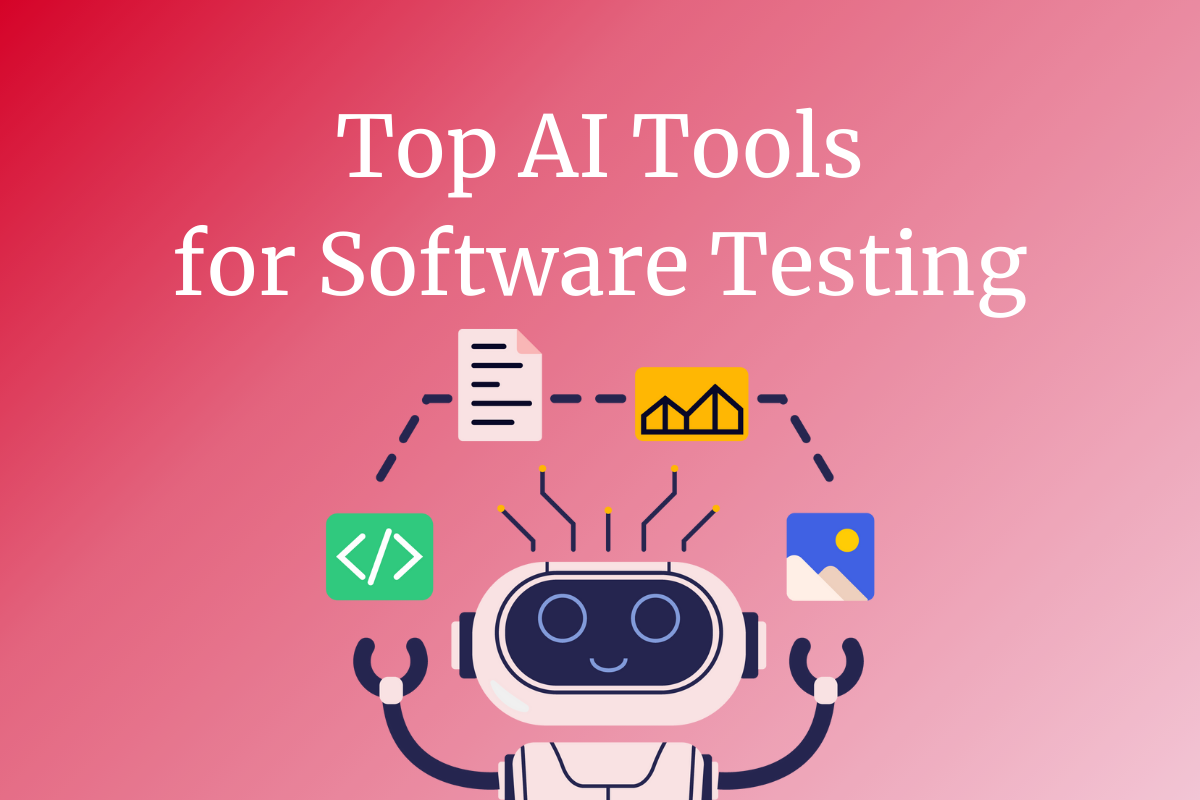What is TaaS all about?
Are we all caught up on the trending terminology? TaaS stands for Testing-as-a-Service. And it was a buzz-worthy phrase for 2020 and still is this year, as market demand for quality assurance and software testing automation increases.
Essentially, it is an outsourcing model in which a service provider performs testing activities on behalf of software-developing companies’ employees. In the past years, TaaS has demonstrated significant benefits over traditional testing environments and will continue to do so in 2021, as Software Testing Market alone is worth $ 45 billion in yearly revenue.
You may wonder why the demand for TaaS is surging, primarily because the SaaS industry is peaking. For companies that develop and maintain proprietary software applications, software testing is crucial to ensuring their releases meet customers’ quality and performance expectations. In doing so, enterprises and SMBs face surging engineering costs, security needs, and technical variability that have made the software testing function complex in recent years. Under this circumstance, it is vital to assess and adopt the proper measures to establish a functioning quality assurance scheme within the company. However, quality assurance specialists are a rare breed. To achieve team scalability, product testing with accuracy, and optimizing costs, many businesses turned to companies specializing in testing and test automation.
What services does TaaS typically include?
TaaS can take various shapes and forms, often provided by software testing specialized firms or third-party development firms. A complete testing cycle may include end-to-end support and specific technological capabilities in planning and conducting software testing.
Broad grouping of testing can be divided into Functional and Non-functional testing.
Within these groups, many types of testing are used to serve different purposes.
Functional
- Unit testing
- Component testing
- Smoke testing
- Sanity Testing
- Regression Testing
- Acceptance testing
- API testing
- Integration Testing
Non-functional
- Load testing
- Performance testing
- Usability testing
- Stress testing
- Security testing
And many others, depending on the coverage and expertise of the respective service providers. Some providers only focus on a fraction due to business limitations or client verticals. For example, internal collaboration or timesheet application doesn’t often require Usability Testing, while E-commerce applications always require Usability and Stress Testing.

Regardless of testing types, it always follows a pattern. Just like software development has a cycle (SDLC), so does testing. It is referred to as Software Testing Life Cycle, STLC as an acronym.

A commonly known testing model is the V model. And types of testing progress from Unit to Component, Integration, and Acceptance testing as the developed product move up the release pipeline. This way, you validate small units and components of the product during the requirement designing phase and validate combined parts of the software later. V and W models Comparison
Popular Testing Techniques
With technological advancement and development models such as DevOps and Agile, software testing also evolves. In order to keep up with high expectations from savvy users and digital natives, software and product owners are asked to review and choose the suitable types/techniques of testing, such as continuous and automated testing, to optimize resources spent.
Must-know Techniques
- Agile testing
- Automated testing
- Blackbox, Greybox and Whitebox Testing
- Continuous testing
- User Acceptance Test (UAT)
- Cross Browser Testing
- Documentation Testing (Inspection)
- Adhoc and Exploratory Testing
- Risk-based testing
- Dynamic testing
What are the benefits of using TaaS?
It may be challenging to determine the suitable types of testing unless you hire a QA engineer or consult with 3rd party testing experts. Since it is impossible to test everything, talking to a TaaS company can help you understand the right combination of techniques to achieve good test coverage that meets the business goals, such as cost savings, scalability, short turnaround, security requirements, etc. For that reason, Testing-as-a-service is rising in popularity among IT-driven organizations that lack the technology, human, or financial resources necessary for rapid, continuous, and automated processes.
Pay per use service is risk-free
You can either work with a crowdsourcing platform that will assemble testers and devices you need online, or outsource the operation to TaaS companies depending on the objectives. Either way, you are very flexible as you pay per use, and these solutions work for both enterprise projects and smaller projects. Especially by using a consumption-based pay model, you would see higher ROI, also there is less dependency and higher efficiency in the process. TaaS is a tool that aims to help any businesses remove their headaches around product management and quality assurance, it is definitely worth exploring.
For any inquiries, please feel free to contact us.
ContactContact
Stay in touch with Us








